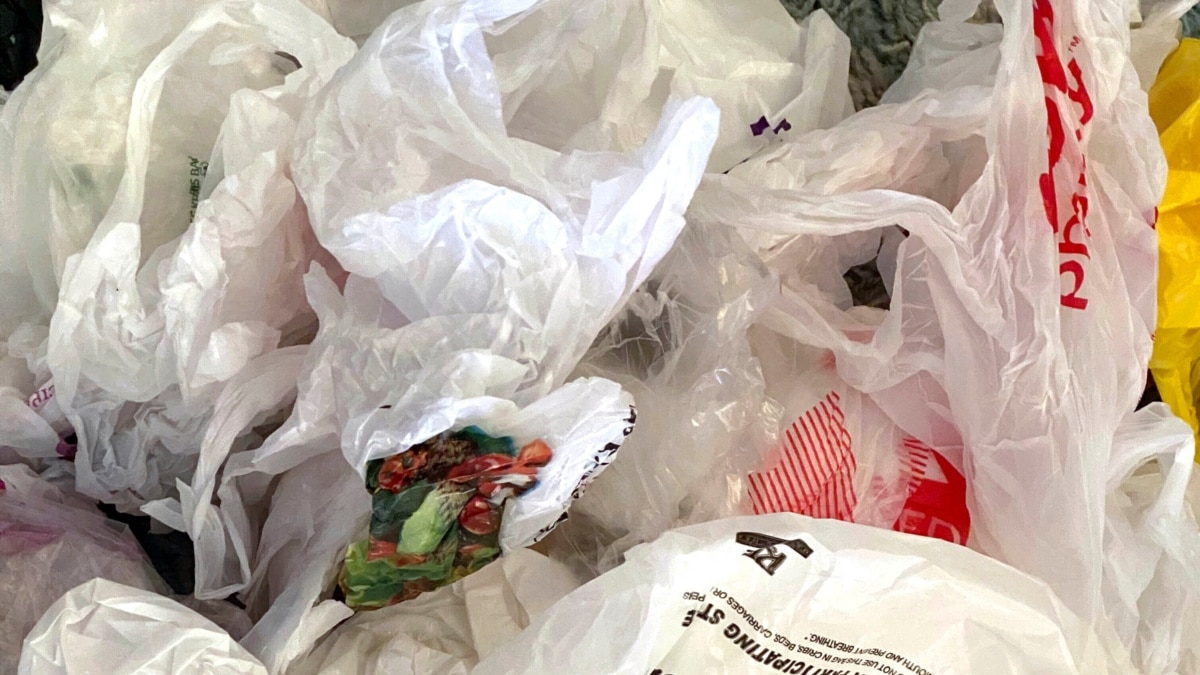Who dumps the most plastic into the ocean It ain't us
"World’s top 10 ocean plastic contributors
Based on a study by Science Advances in 2021, the Philippines is the leading country on the list of top 10 ocean plastic contributors – generating an estimated 356,371 MT of plastic waste in our ocean. This is followed by India (126,513 MT) Malaysia (73,098 MT), China (70,707 MT), Indonesia (56,333 MT), Myanmar (40,000 MT), Brazil (37,799 MT), Vietnam (28,221 MT), Bangladesh (24,640 MT), and Thailand (22,806 MT)2. The primary contributors to ocean plastic pollution are concentrated in developing Asian nations, with the exception of Brazil."



